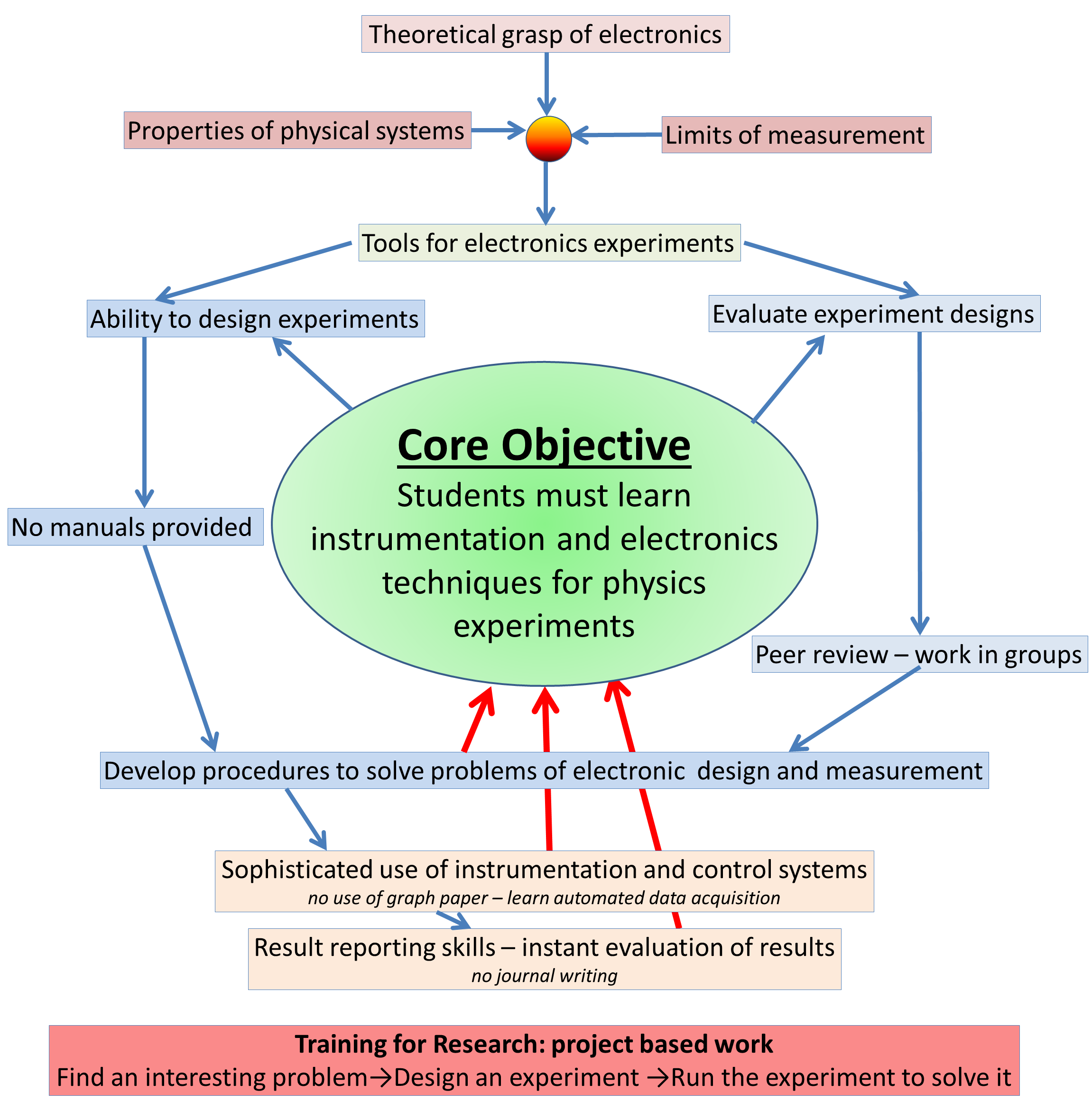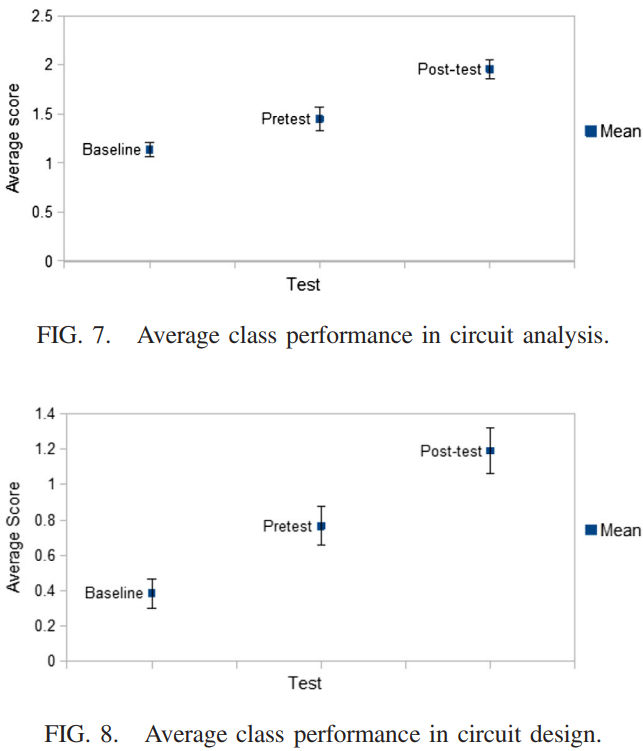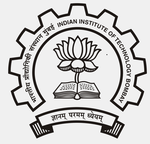The ESSENCe of Electronics:
a new way of teaching research skills to undergraduates

News
July 2023. Our paper presenting the efficacy of the resources contained in this website was published in Physical Review Special Topics Education Research.
You can get the open access paper from the journal's Focused Collection on Instructional Labs: Improving Traditions and New Directionshere (click to access)
Overview
This website offers a set of resources for the electronics laboratory taught in the department of Physics at IIT Bombay. The syllabus, lecture notes and representative experiment worksheets are derived from courses taught by Prof. Pradeep Sarin to B.Tech students from 2009 to 2014. They may be adapted suitably for MSc and PhD courses.
A strong emphasis is placed on open-ended problem solving. No procedure is prescribed for the experiments. The students are given a short introductory lecture a day or two before the day of the lab session (depending on the time table). The lecture summarizes the concepts to be treated in the upcoming lab session and provides suitable references. The students get to see the actual lab assignment sheet only on the day of the lab session, not before.
The diagram to the right indicates the basis on which this teaching technique has evolved.
Text references
No specific textbook is used for these courses. However, the instructor and students may find it useful to refer to the following sources for some topics:
- The Art of Electronics by Horowitz and Hill. This is an excellent text which treats material in a hands-on fashion. The accompanying Student Manual for The Art of Electronics is filled with many solved problems and experimental demonstrations. Several copies of these books are available in the Central Library and in our Electronics Lab
- For java based animations of many circuits, refer to Paul Falstad's website.
- The community based Wikipedia-style website www.allboutcircuits.com has a large listing of electronics concepts. However it is no more exhaustive than a good textbook like Horowitz and Hill. Like Wikipedia, the content here can not be relied upon to be 100% accurate.
- An excellent hands-on review book for digital circuits is the eBook BeBop to the Boolean Boogie by Clive Maxfield.
Several "application notes" published by electronic device manufacturers provide much deeper insight into the behaviour of circuits. A collection of these has been put at the bottom of each course page.
Student groups based on personality matching test
Many studies have shown that students learn very well when they do hands-on experiments in groups. To assign students into groups of two or three, we administer a simple ten-minute personality type test. The test used is the Myers-Briggs Personality Type Indicator (MBTI). It assigns a 4-character personality type to the person taking the test.
- A copy of the two page test is here. It consists of 70 rapid fire a/b choice questions.
- An overview of the 16 possible MBTI personality types is given here
- A more detailed description of each personality type is given in this document
The instructor should go through the above documents carefully and assign students into groups of two or three based on compatible personality types. For example, an extrovert (Exxx) should typically be paired with an introvert (Ixxx).
Learning gains
These figures from our paper show the measured learning gains of students using the ESSENCe pedagogy in circuit analysis (2 x) and circuit design (3 x).

ACADOOghostwriter.com

Contact:
Room 130,
Department of Physics,
IIT Bombay
Powai, Mumbai 400 076
Tel: +91-22-25764590
Lab staff:
Nitin Pawar
nitinpawar[at]iitb.ac.in
Swapnali Gharat
swapnalig[at]iitb.ac.in
Snehal Narvekar
narvesnehal[at]gmail.com
Lab-Incharge:
Pradeep Sarin